Timothy Alouani-Roby met with Richard Francis-Jones of fjcstudio (previously fjmtstudio) to discuss his timely, provocative and, quite frankly, necessary book on architecture. In this second part of the book review, we turn to the question of what architects can do in the face of crises from climate breakdown to alienation of place.

Bunjil Place, Narre Warren, photograph by John Gollings.
March 31st, 2023
The Review, part one is can be found here.
In-keeping with the theme of paradox in ‘Truth and Lies in Architecture’, the first thing to do about all of the problems outlined by Francis-Jones is to avoid solving them. More accurately, that is to avoid hasty, facile solutions and to confront the fact that there is no silver bullet. Francis-Jones channels Ludwig Wittgenstein (‘Truth and Lies’ is notable as a contemporary book on architecture if for no other reason than its erudite references to philosophers and writers) in placing great emphasis on stating the problem honestly and correctly.
Don’t rush that part of the equation, he seems to say, and we might just have a chance at creating solutions in time. It’s a warning that also applies to professional design practice: “We live in a time where solutions can seem quick and easy. For architects, it’s almost expected. Someone sharing a reflection on how difficult things are rather than how easy, or on how hard it is to actually produce work of any meaning and depth, is helpful.”
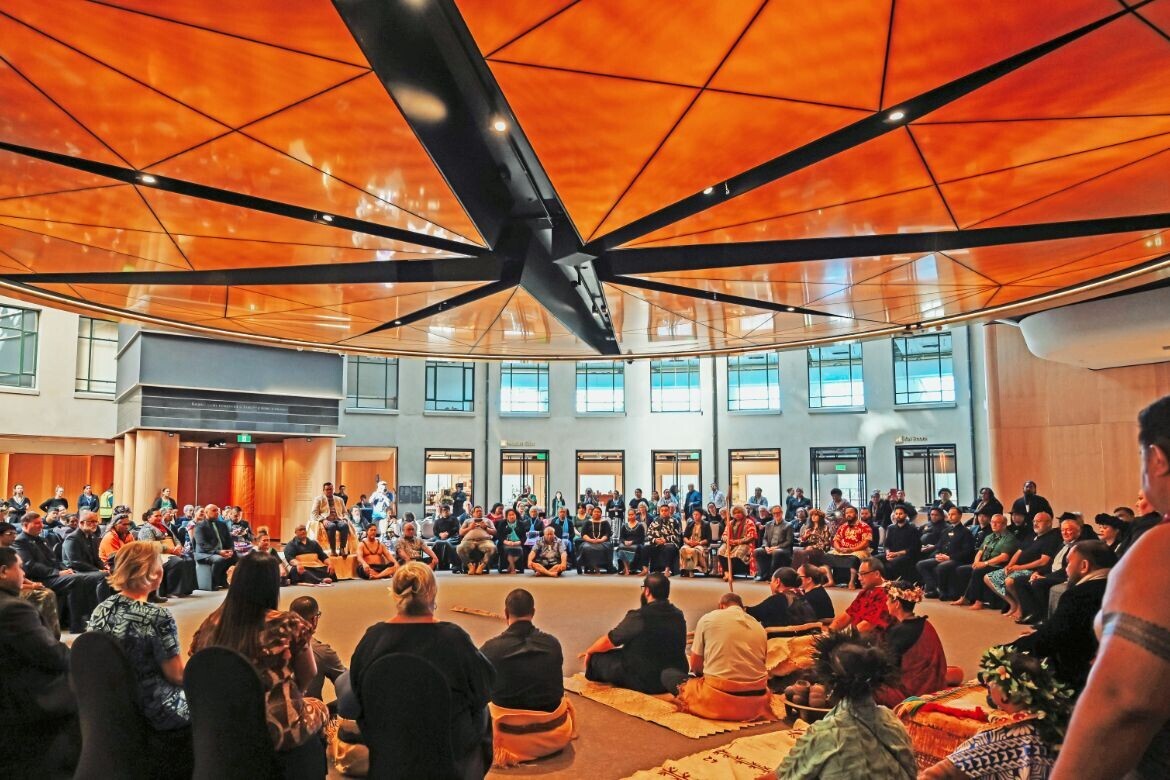
Francis-Jones’ concerns are outlined in part one of the book review and relate most fundamentally to questions of alienation, commodification and placelessness. Here, we turn to the question of how architects and designers might engage with them.
“My conclusion about what we can do – and there is some darkness to it – is ultimately very little. I’m suggesting that it’s gone too far and that we’re already defeated. That’s not a cheerful thing to hear – but then I also say, it’s not about winning. Your effort to try to change things and make a small move is enough,” says Francis-Jones.
Related: The book review, part one
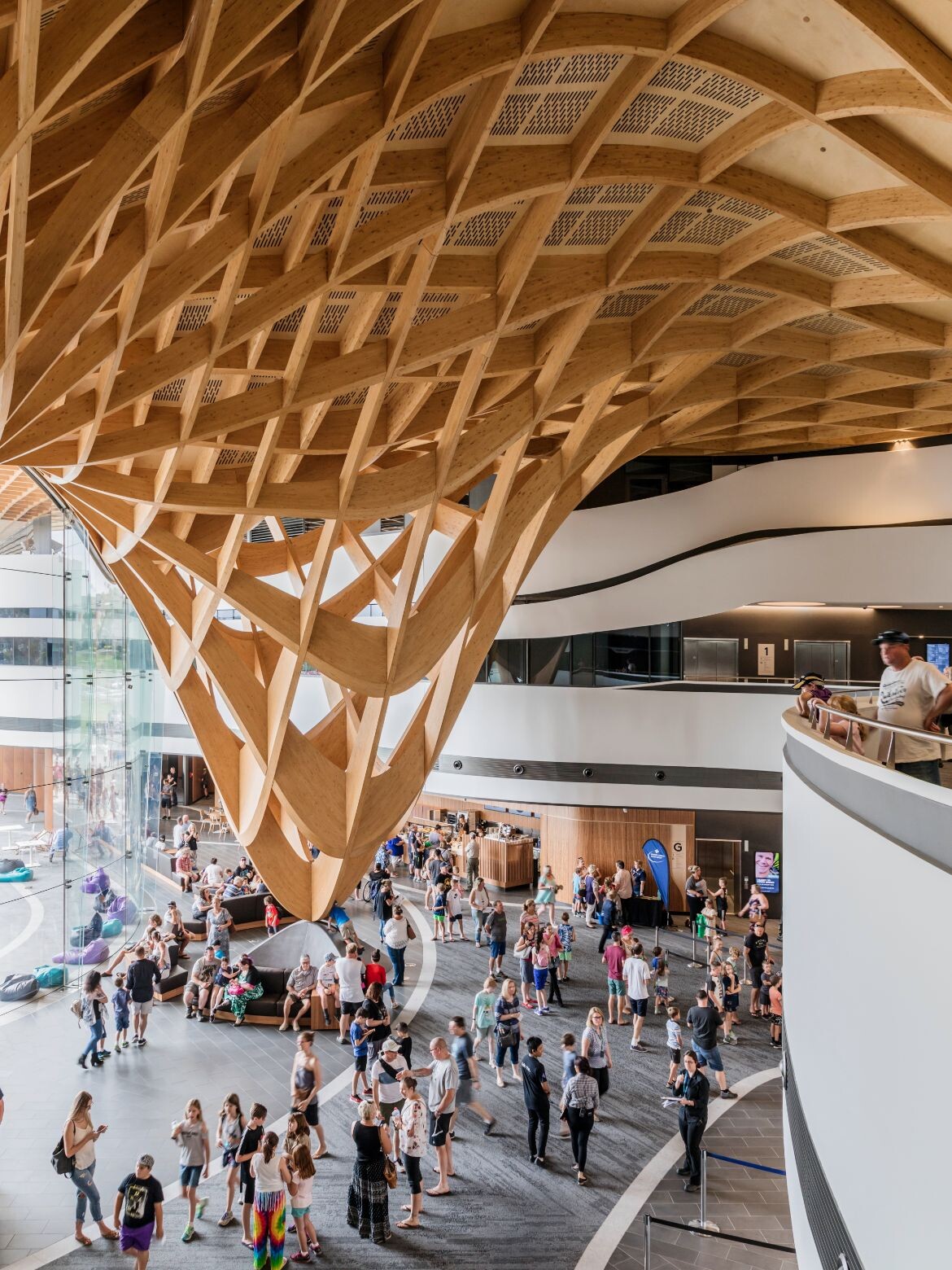
In the simple act of framing the problem negatively, of stubbornly refusing to offer a ready-made solution, ‘Truth and Lies’ is already resisting the ways of the world which have led to the present moment. The professional is trained to find a technocratic answer to questions that are of a more fundamentally intuitive or human nature, such as our connection to a place in which we build.
Foremost in Francis-Jones’ concerns are First Nations cultures. He shares an anecdote about working on the Auckland Art Gallery Toi o Tāmaki over a period of years in which a Māori elder poses a simple but fundamental question to those working on the project: why are you here? The book shares a similar approach in distilling the essential questions that so often get lost in modern complexity and speed. What does it really mean to build in a place? Certainly, ‘Truth and Lies’ suggests that contemporary societies could learn an enormous amount from traditional, Indigenous ways of engaging with place.
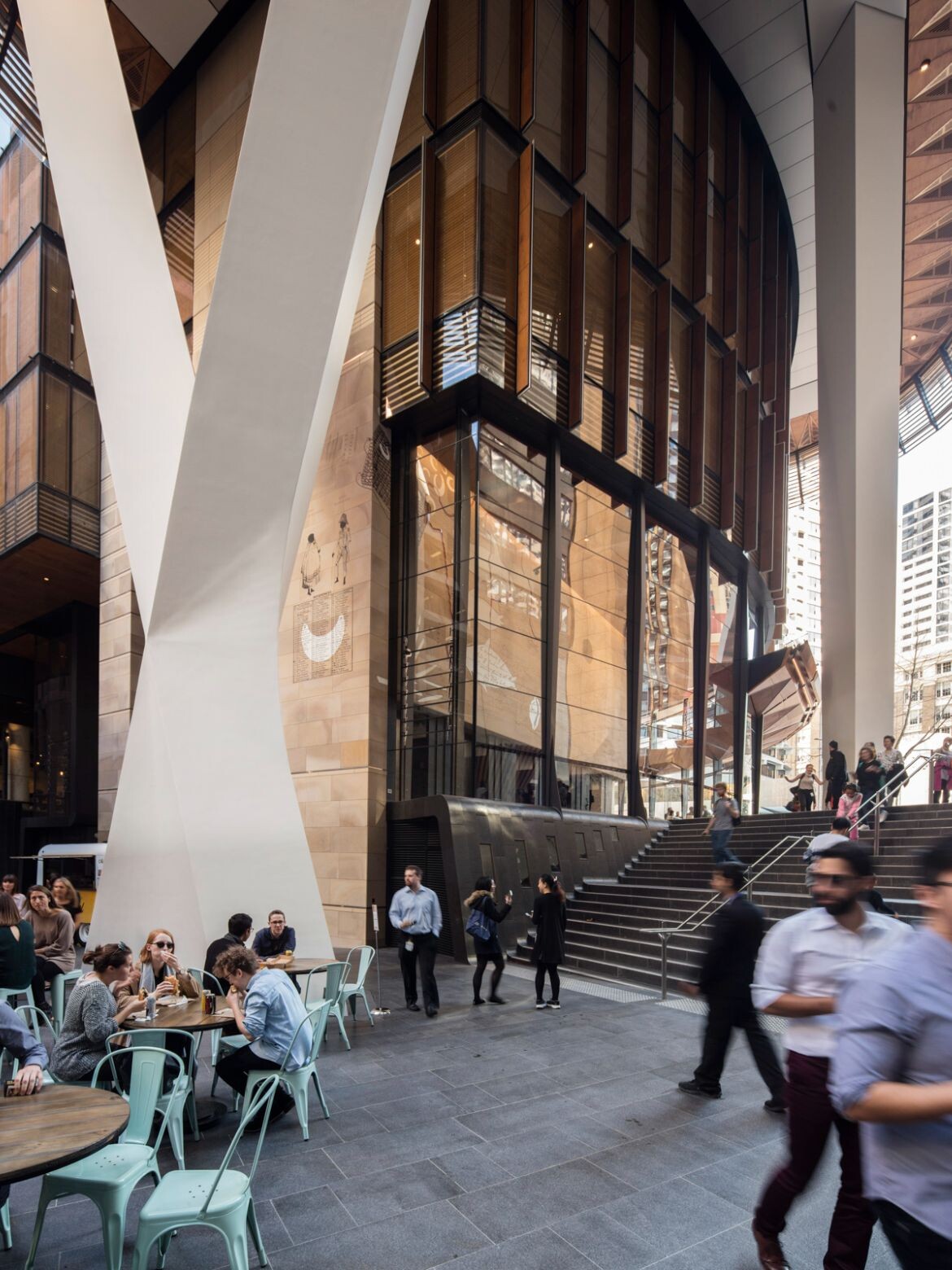
If engagement with Indigenous cultures is one step, reforming architectural education is another. Francis-Jones writes about the sadism of the jury-crit nexus at university, for example. In general, the book promotes a way of being and practice that emphasises openness: “When we started the project in Auckland, there was no interest in where we were going. Usually, there’s a rush to the end and then an approach of working backwards from there.
“But in that context, it would have been disrespectful and irrelevant. The important things were who you are, why you’re there and what journey we’re going to embark on together,” explains Francis-Jones. In contrast with the alienating force of professional over-specialisation, the model proposed here is one of open engagement with community in the design process. (It also helps if you don’t turn up to the first meeting with a CGI render!)
Perhaps above all, in this stage of learning to articulate the questions essentially and clearly, what is most important is for architects and designers to think, read and talk about deeper issues and ideas. Far from a demoralisation, the refusal to provide answers in ‘Truth and Lies’ is an invitation to do exactly that.
fjcstudio (formerly fjmtstudio)
fjcstudio.com
Photography
Various




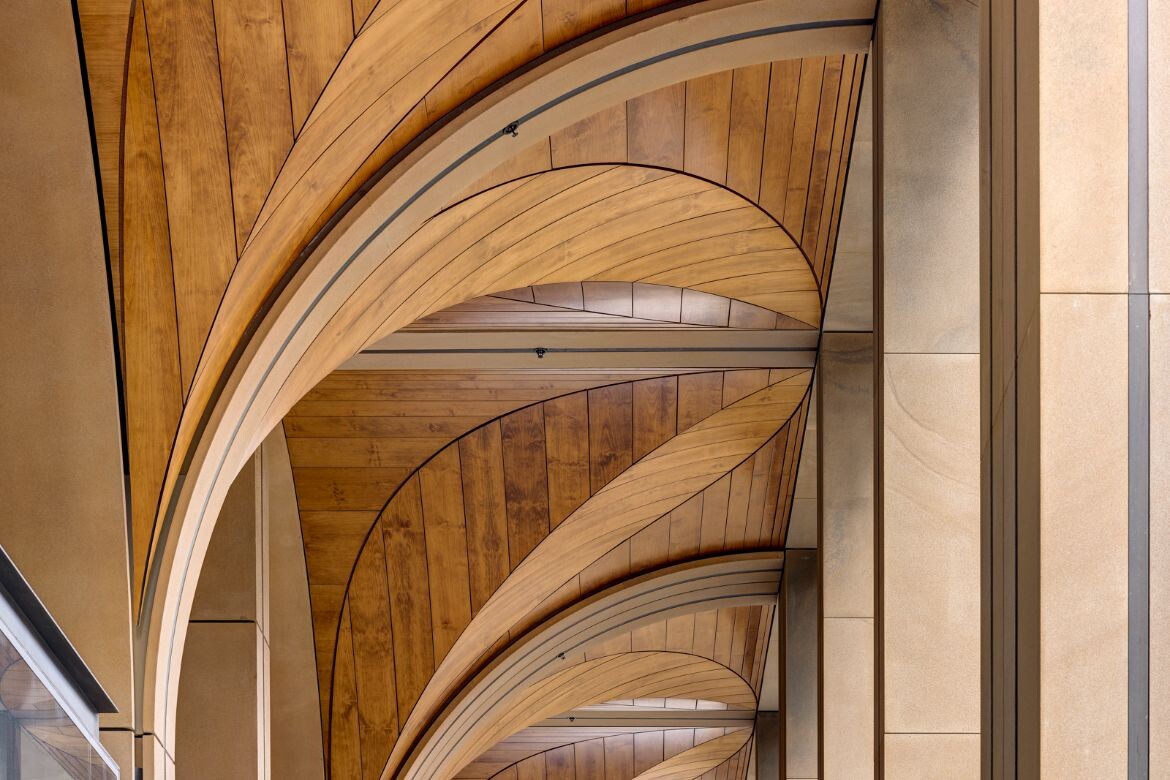
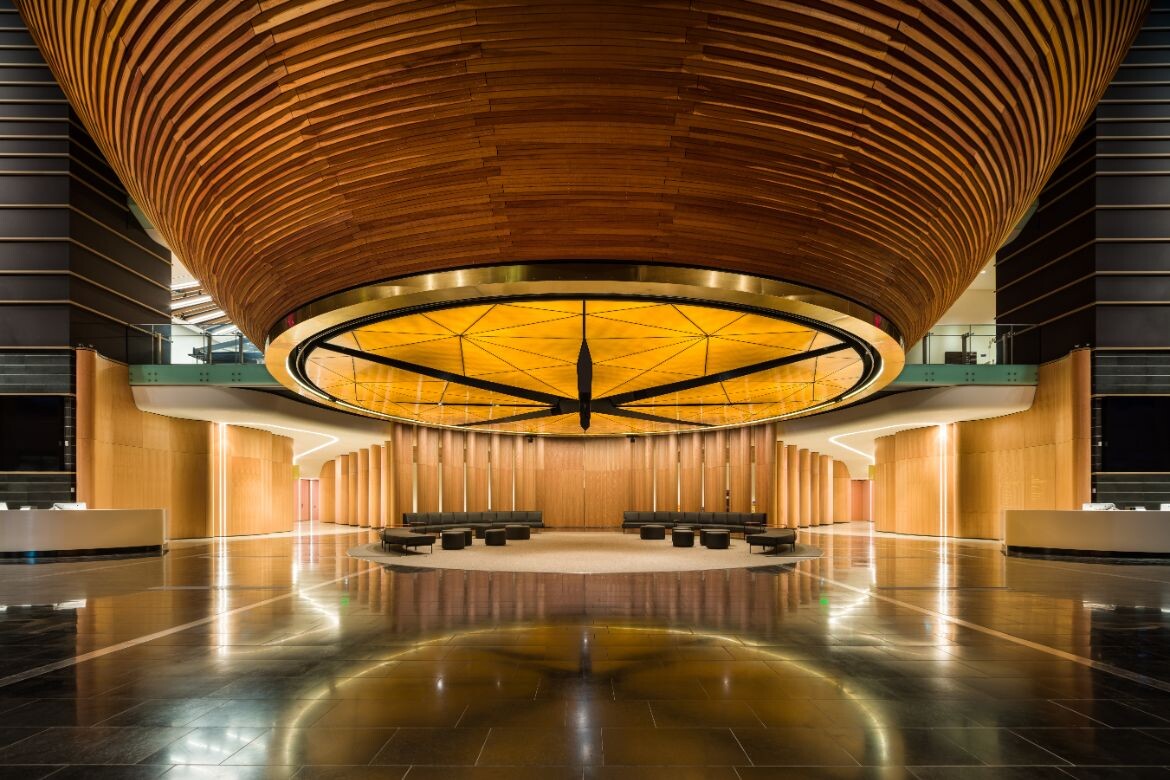
We think you might also like this article on Woods Bagot’s Domenic Alvaro.
INDESIGN is on instagram
Follow @indesignlive
A searchable and comprehensive guide for specifying leading products and their suppliers
Keep up to date with the latest and greatest from our industry BFF's!

BLANCOCULINA-S II Sensor promotes water efficiency and reduces waste, representing a leap forward in faucet technology.

To honour Chef James Won’s appointment as Gaggenau’s first Malaysian Culinary Partner, we asked the gastronomic luminaire about parallels between Gaggenau’s ethos and his own practice, his multidimensional vision of Modern Malaysian – and how his early experiences of KFC’s accessible, bold flavours influenced his concept of fine dining.

In design, the concept of absence is particularly powerful – it’s the abundant potential of deliberate non-presence that amplifies the impact of what is. And it is this realm of sophisticated subtraction that Gaggenau’s Dishwasher 400 Series so generously – and quietly – occupies.

Within the intimate confines of compact living, where space is at a premium, efficiency is critical and dining out often trumps home cooking, Gaggenau’s 400 Series Culinary Drawer proves that limited space can, in fact, unlock unlimited culinary possibilities.

Helen Oakey is CEO of Renew and, with Sustainable House Day 2025 upon us, she talks to us about the climate crisis and what people can do at the scale of the home.

fjcstudio leads by design and the practice’s Melbourne studio is making quite the impact on the built landscape of Victoria.
The internet never sleeps! Here's the stuff you might have missed

Surry Hills welcomes Bowermans’ latest commercial furniture studio.

Traversing space, time and convention, &Tradition’s imaginative new collection yields a dynamic, intricate and profoundly relevant design narrative introducing new vocabulary to the Danish design house’s lexicon.